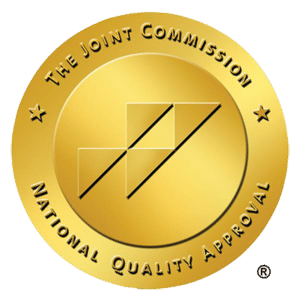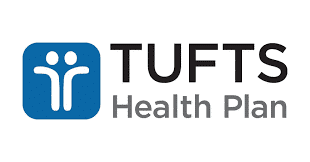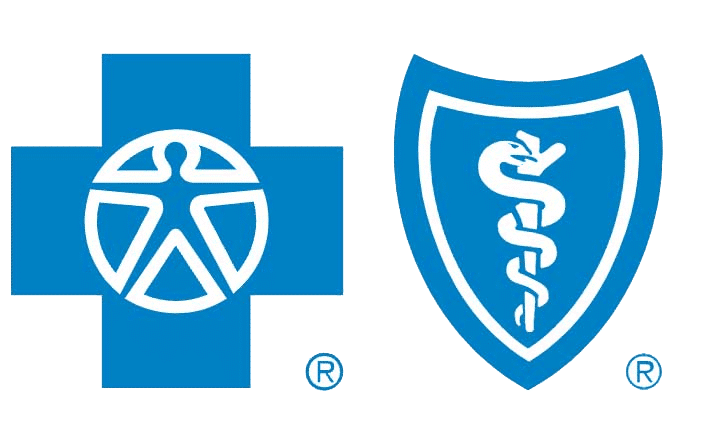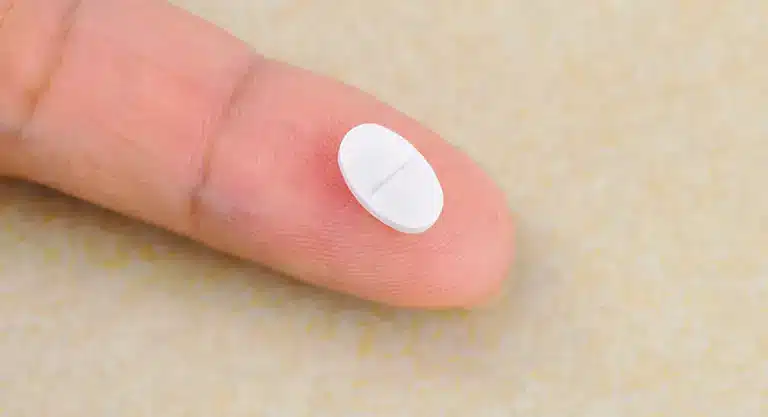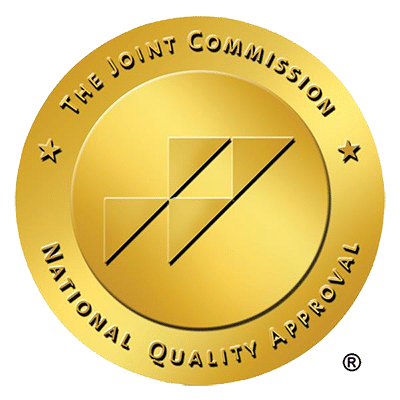Fentanyl is a powerful opioid used to treat severe pain in people with advanced cancer and other serious health problems. Although it has legitimate medical uses, fentanyl is extremely dangerous, as it’s up to 100 times more powerful than morphine. Due to its potency, fentanyl produces a short-term high that causes an intense feeling of euphoria, making it one of the most commonly abused drugs on the market. Keep reading to learn more about the risks of fentanyl abuse and find out what you can do for someone who’s struggling with an addiction to fentanyl.
Effects of Fentanyl Use
Fentanyl binds to opioid receptors, relieving pain and dulling unpleasant emotions. Initially, the drug causes extreme happiness, euphoria and other pleasant side effects. After the temporary high wears off, however, fentanyl may cause nausea, drowsiness and confusion. Taking a large dose of fentanyl may even lead to respiratory depression, loss of consciousness, coma or death.
What makes fentanyl even more dangerous is unscrupulous criminals have started manufacturing a synthetic form of the drug to take advantage of increased demand. Unlike pharmaceutical companies, which are highly regulated, these criminals aren’t concerned with quality control. As a result, a pill or patch may contain more synthetic fentanyl than advertised, increasing the risk from overdose.
Some manufacturers even mix other substances with the synthetic fentanyl, which may lead to dangerous drug interactions. For example, synthetic fentanyl may be mixed with xylazine, an animal tranquilizer that relaxes the muscles and relieves pain. Combining two pain-relieving drugs increases the risk of serious side effects, including coma and death. Xylazine has been linked to the following:
- Drowsiness
- Changes in heart rate
- High blood sugar
- Respiratory depression
- Abnormal heart rhythms
Forms of Fentanyl
Fentanyl comes in many forms, including pills, patches, lozenges, sprays, dissolvable tablets, and injectables. Synthetic manufacturers also produce fentanyl powder which can be mixed with other drugs or used on its own. Users who inject fentanyl rather than taking it by mouth or nose have an increased risk of tissue necrosis (tissue death), which may lead to life-threatening infections. These infections occur due to the presence of bacteria on the skin. Users who share needles with other people also have a higher risk of contracting hepatitis, HIV and other infectious diseases.
Fentanyl Overdose Statistics
In Massachusetts, fentanyl is the top cause of opioid-related overdose deaths, making fentanyl addiction a serious public health concern. During the first half of 2022, fentanyl was implicated in 94% of opioid-related deaths, prompting the Massachusetts Department of Public Health to distribute thousands of test kits to help identify the presence of fentanyl in other drugs.
Another reason fentanyl is so dangerous is because just a small amount can affect the respiratory system, leading to difficulty breathing, loss of consciousness and death. Someone who doesn’t normally use opioids may overdose within a matter of seconds if they take a drug that has been contaminated with fentanyl. Test kits help prevent these deaths by alerting users if fentanyl is present in other drugs.
On a national level, deaths involving the use of synthetic opioids made up more than half of all overdose-related deaths in 2020. Out of 91,799 overdose deaths, 56,516 were linked to the use of synthetic opioids, primarily fentanyl.
Overdose Prevention Strategies
Primary Prevention
Primary prevention strategies aim to prevent overdose-related deaths by reducing the risk of developing an opioid addiction. Some primary prevention strategies are targeted to high-risk individuals, while others are designed for large segments of the population. One of the most popular primary prevention strategies is the use of evidence-based programs to educate youth on the risks of using opioids.
Naloxone Distribution
One of the best ways to prevent fentanyl-related overdose deaths is to make naloxone widely available. Naloxone blocks the effects of opioids, quickly reversing their effects on the human body. If naloxone is administered correctly, it can restore normal breathing in approximately three minutes, preventing deaths related to respiratory depression. Best of all, you don’t need to be a trained medical professional to administer naloxone.
Naloxone is so effective for preventing overdose-related deaths many communities are developing programs to distribute the life-saving drug to anyone who needs it. You don’t have to use fentanyl and other opioids to take advantage of these programs, either.
If you’re concerned about a loved one or live in a neighborhood where fentanyl use is common, keeping naloxone on you may help you save a life someday. These programs, although relatively new, have already demonstrated their value. According to researchers at the University of Pennsylvania, distributing naloxone at needle exchange sites led to a 65% reduction in deaths related to opioid overdoses.
Treatment Options for Fentanyl Addiction
If you or someone you care about has a fentanyl addiction, don’t lose hope. There are effective treatment options available to prevent cravings and reduce the risk of overdose. Residential treatment is ideal for people with severe addictions, as it provides an opportunity to focus exclusively on recovering from opioid use disorder. While staying at a residential rehabilitation center, an individual addicted to fentanyl does not have to worry about going to work or managing a household. They have access to nutritious meals and everything else they need to prioritize their well-being.
Partial hospitalization (PHP) and intensive outpatient (IOP) programs are also helpful for recovering from a fentanyl addiction. These programs are structured to provide intensive support, reducing the risk of relapse and ensuring that fentanyl users have access to the resources they need to improve their physical and psychological health. PHP and IOP programs offer many of the same services as residential programs, including individual therapy and group therapy. They may also offer career services, life skills classes and other services to help participants make a successful transition when they complete their recommended treatment plans.
Many treatment centers now take a holistic approach to fentanyl addiction treatment, meaning they provide services designed to strengthen the mind-body connection. Art therapy, equine (horse) therapy, meditation and yoga are just a few examples of services that can help people recovering from fentanyl addiction regain control of their lives.
Access Personalized Fentanyl Abuse Treatment
No matter why you started using fentanyl, you don’t have to let it control your life. Professional addiction treatment can help you identify the root causes of your addiction, learn helpful coping strategies and find ways to enjoy life without relying on drugs or alcohol for support. At Topsail Addiction Treatment, we have experienced, compassionate staff members available to guide you through the recovery process. To learn more about our programs, please call (978) 475-0002.
Related Posts

Understanding Cocaine Addiction Psychology: Pathways to Recovery
At the heart of ‘cocaine addiction psychology’ lies a critical inquiry: why is it so difficult to break free from the clutches of cocaine? This

Recognizing the Signs of Opioid Addiction: A Guide
Are you or someone you know showing signs of opioid addiction? It’s critical to recognize the early symptoms which may include noticeable changes in behavior,

Benzo Addiction: Symptoms, Risks, and Treatment
What is a benzo addiction? It’s when the use of benzodiazepines, drugs commonly prescribed for dealing with anxiety and sleep issues, crosses into dangerous territory,

Recognizing the Signs of Heroin Addiction: Symptoms and Help
Are you or someone close showing unexplained mood swings, health changes, or have you noticed unusual items that might be linked to drug use? These

Understanding Why Are Opioids Addictive
Why are opioids addictive? The simple yet profound answer lies in their powerful influence on the brain’s natural reward system. This article cuts through the

The Role of Professional Interventionists in Addiction Recovery
Addiction, a relentless and often misunderstood foe, challenges not only those who suffer from it but also those who surround them. For families grappling with
